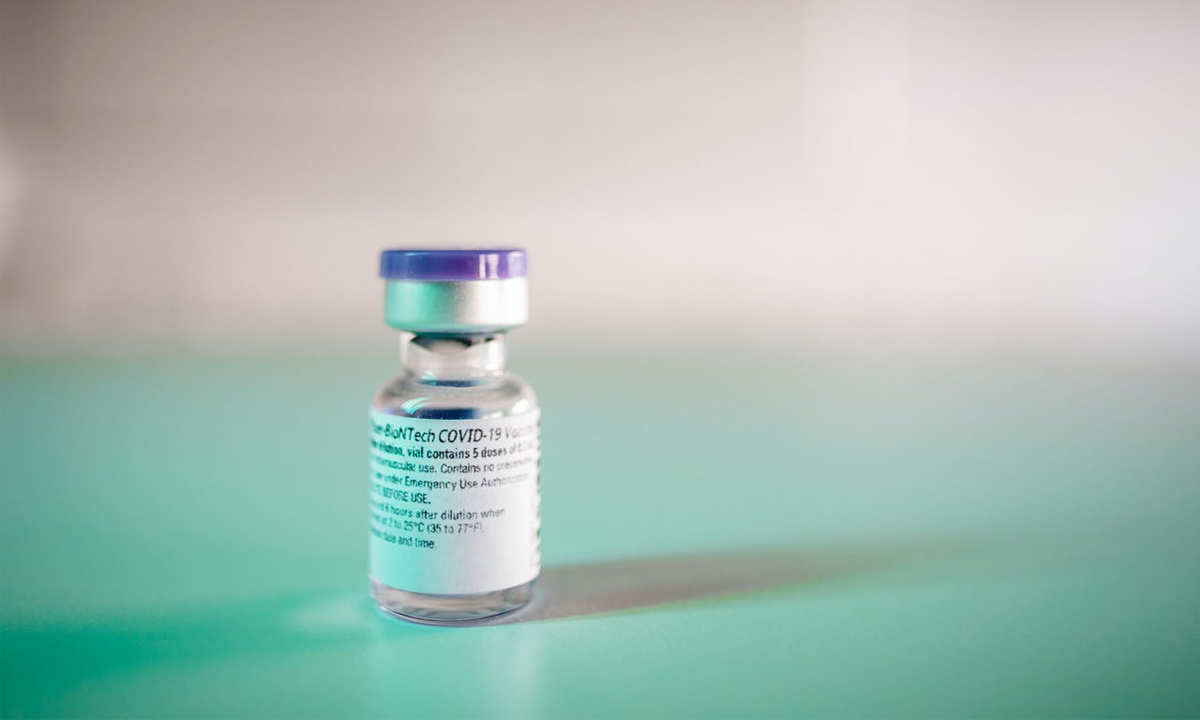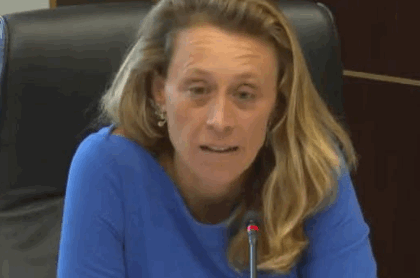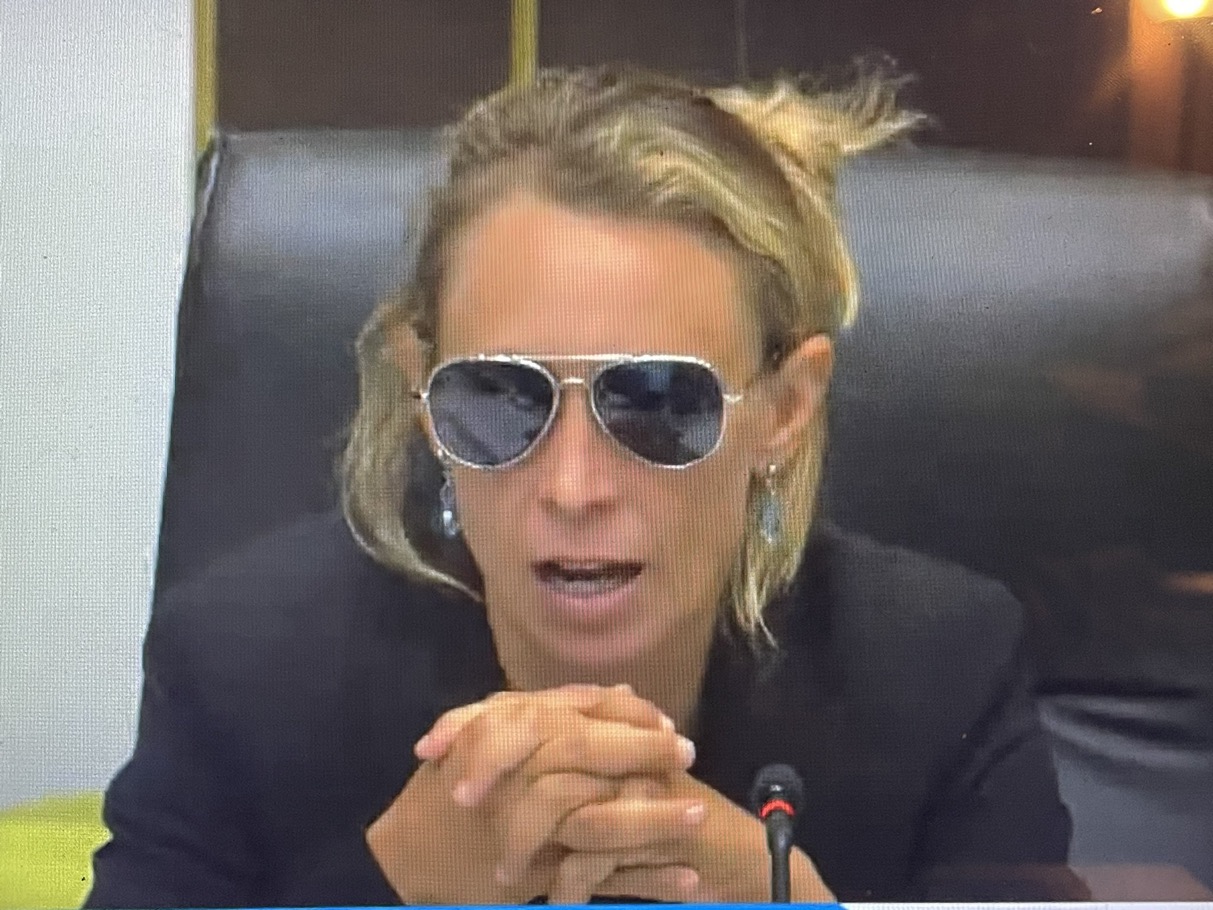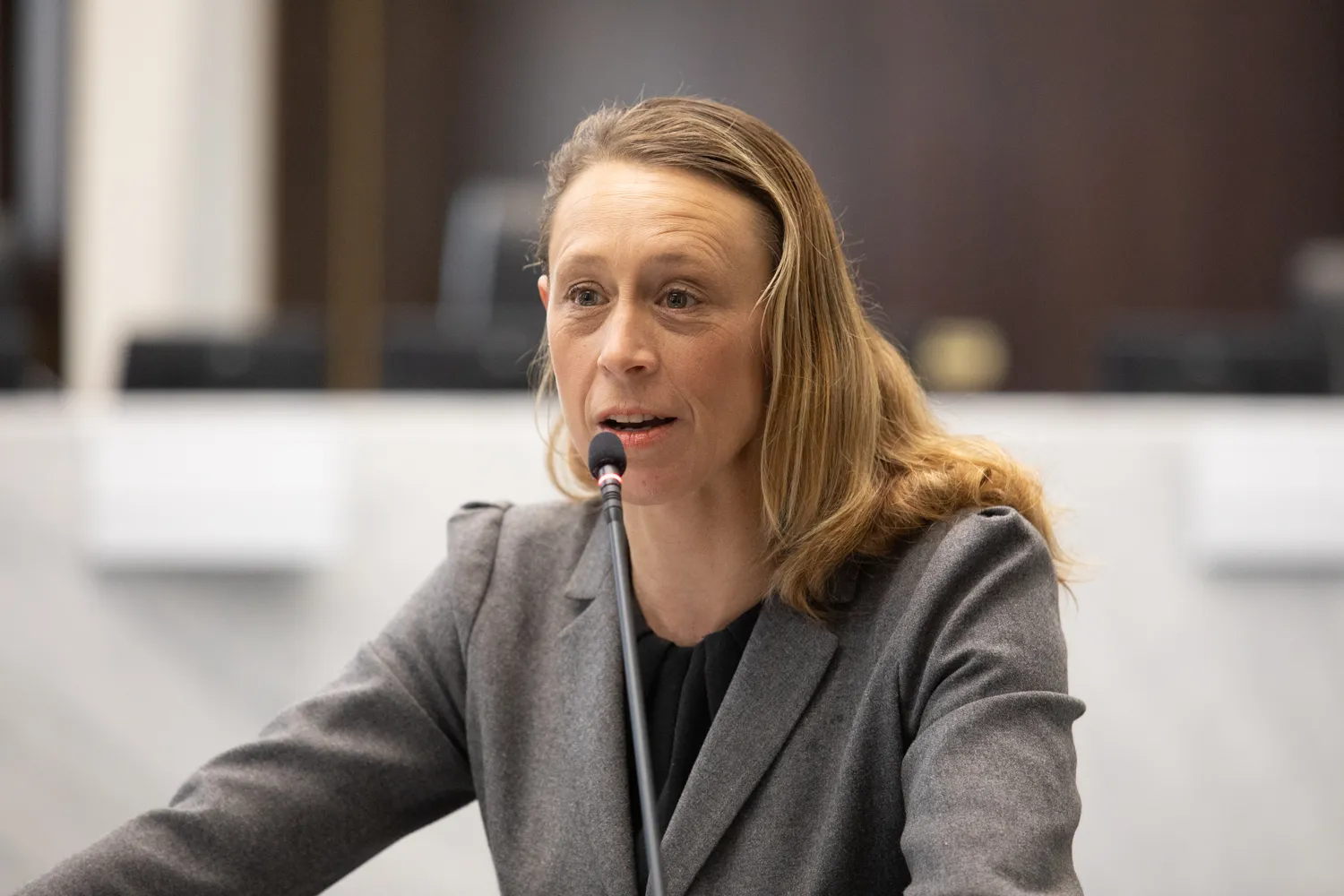Written by Hannah Schmidtler
Despite high hopes, California’s Covid-19 vaccine rollout has fallen behind schedule. So far, only thirty-five percent of California’s total doses have been administered. San Diego has administered 454,000 of its 1.3 million doses. Newsom addressed the fact that the vaccine rollout has fallen behind schedule in a press conference. He optimistically pointed out that the beginning is always the hardest.
“Like a flywheel, the first 10, 15 days we’re going to slowly start building pace, then you’re going to start seeing more rapid distribution,” he said.
Newsom also stressed the importance of administering the vaccine as efficiently as possible.
“We want to see 100% of what’s received immediately administered in people’s arms, and so that’s a challenge,” he said during a briefing. “It’s a challenge across this country — it’s a challenge, for that matter, around the rest of the world. But that’s not an excuse.”
California expects a shipment of an additional 611,500 doses in the next few weeks. To speed up distribution, Newsom’s budget, which will be submitted to the state legislature this week, includes $300 million to support vaccination efforts across the state.
One of the biggest hurdles the vaccine rollout has to overcome is waste. Packaging of both vaccines currently authorized in the US creates difficulty when it comes to the vaccine’s shelf life. Each vaccine vial contains multiple doses. Once the vial is opened all the doses in that vial must be quickly administered or they will expire.
Dr. Mark Ghaly, California’s Health and Human Services secretary, addressed this issue explaining that he is continuing to work on organization so that vaccinators know who to give those remaining doses to. The vaccine is being distributed first to frontline healthcare workers as well as those in long term care facilities.
The goal, Ghaly added on Monday, is “really to encourage the continued sort of drumbeat of getting people vaccinated but while making sure that they’re still doing as much as they can to target the most vulnerable, the most exposed, those who’ve been prioritized.”




